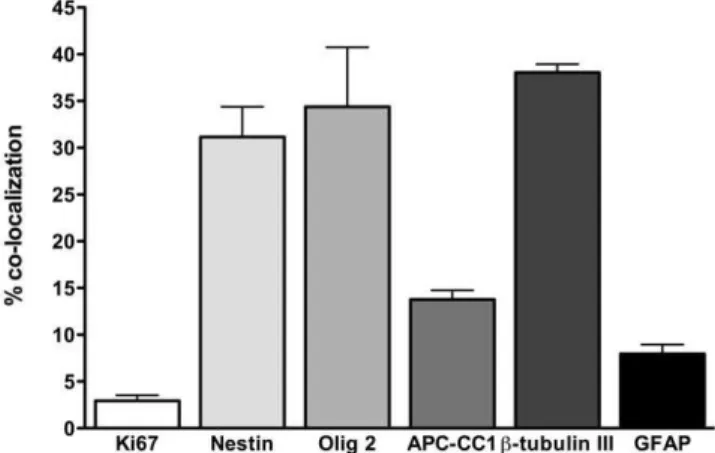Human neural stem cells differentiate and promote locomotor recovery in an early chronic spinal cord injury NOD-scid mouse model.
Texto
Imagem



Documentos relacionados
In vitro neural differentiation of human embryonic stem cells using a. low-density mouse embryonic fibroblast feeder
The present study demonstrated that treatment with mononuclear cells from human umbilical cord blood was able to promote functional recovery in rats subjected to spinal
Considering that protocols with stem cell transplantation and treadmill training have shown promising results, the present study evaluated the effectiveness of stem cells from
Transplantation of human embryonic stem cell-derived neural precursor cells and enriched environment after cortical stroke in rats: cell survival and functional
Transplantation of human em- bryonic stem cell (hESC)-derived oligoden- drocyte progenitor cells (OPCs) into acute cervical spinal cord injury resulted in cell survival,
O desenvolvimento da morfologia do uso de uma expressão em Wittgenstein viria a ser o resultado de uma aplicação ao domínio da linguagem do conceito de morfologia
Evaluation of the functional recovery of the spinal cord in spinal cord injury rats between microglial cell transplantation group A and saline injection group B.. Data are reported
Conditioned medium from bone marrow- derived mesenchymal stem cells improves recovery after spinal cord injury in rats: an original strategy to avoid cell